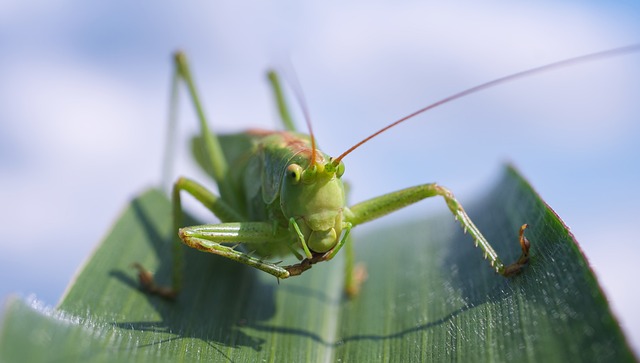
Chapter Overview
'On the Grasshopper and the Cricket' is a lyrical poem by John Keats, in which the poet uses the grasshopper and the cricket as symbols of nature's constant vitality. The grasshopper sings joyfully during the summer, and the cricket continues its song in the winter, representing the idea that nature's music is eternal. The poem emphasizes that even in different seasons, life and joy are ever-present, underscoring the beauty and continuity of the natural world. Keats portrays nature as a source of endless inspiration and a reflection of eternal life.
Important Keywords
- Grasshopper: A symbol of joy and life during summer, representing the vibrant energy of nature.
- Cricket: A symbol of continuity and vitality during winter, representing the persistence and beauty of life even in harsh conditions.
- Nature: A key theme in the poem, representing the eternal, ever-present cycle of life and beauty.
- Seasonal Change: The poem contrasts the summer (represented by the grasshopper) with winter (represented by the cricket), highlighting nature's continuity despite changing seasons.
- Music of Nature: The song of the grasshopper and cricket symbolizes the perpetual rhythm of life, which never ceases, regardless of time or weather.
